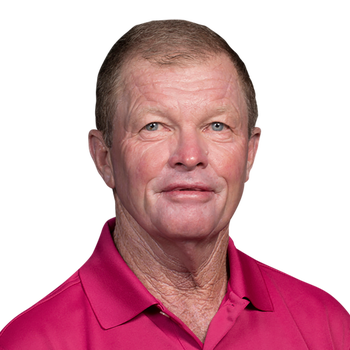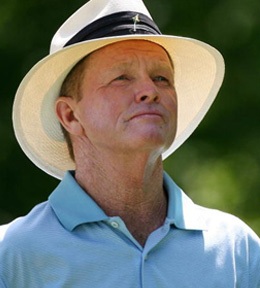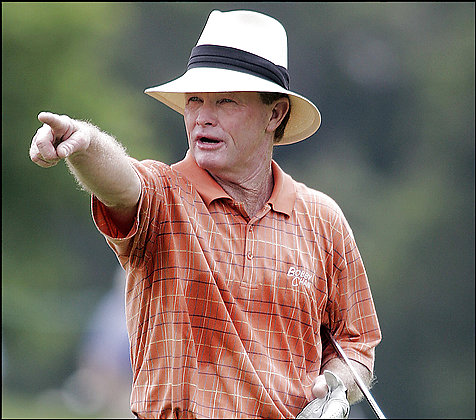


“I took a disliking to the man and he took a disliking to me.”īefore his infamous putting woes began to cripple his game, Ernie Els was a constant feature on leaderboards at the Masters and it seemed inevitable that he would win a Green Jacket. “We locked horns the first time we met,” Trevino once said. But it was perhaps his uneasy relationship with chairman Clifford Roberts that did most of the damage. There were always complaints: from the way his caddie was treated to the lack of tickets he would receive for his entourage. Trevino's shot shape, a fade, meant Augusta perhaps didn't suit his eye, but most of his demons appeared to be psychological. Two top 10s from 20 appearances sum it up, but more revealing was the fact that during the prime of his career Trevino famously boycotted the tournament three times – in 1970, 71 and 74 (a decision he said he hugely regretted). Quite simply, ‘Supermex’ hated the place, and would famously once 'pray' the Masters committee would never invite him back. There were never any near-misses for Lee Trevino at Augusta, but for a golfer who had such a great short game – and who would win six Majors during a glittering career including two Opens, Two US Opens and two PGA Championships – it is baffling how poor his record is. Many players have come closer and have shown more consistency at Augusta, but for sheer talent, Miller ranks as one of the true greats to never win here.

In 1971, Miller led with four holes to play, only to bogey at 16 and 18 then in 1975, weekend rounds of 65 and 66 would not be enough to surpass Nicklaus, and again in 1981, a closing 68 left him two shots adrift of Tom Watson. But amid all the brilliance, there were a number of missed opportunities and notably they came at the Masters where he had the potential to blow hot and cold. Nobody had the skills to dismantle a golf course like Miller his final-round 63 at a brutal Oakmont to win the 1973 US Open was testament to that.

If the world rankings had been around in the early to mid 1970s, it is possible that Johnny Miller would have ruled supreme, despite Jack Nicklaus being in his pomp. But nothing haunts him like giving away that six-shot lead to Nick Faldo in 1996, with an 11-shot Sunday swing condemning him to arguably the worst collapse in Major history. He let a chance go in 1986 with a horrible pushed approach to 18 and then a year later suffered at the hands of Larry Mize’s miraculous chip in a play-off. In 1997, at the age of 47, he famously finished second to Tiger Woods and while he was a distant second some 12 shots back, it was testament to his longevity that his score would have seen him win 34 of the previous 60 Masters.įor a guy who spent the best part of 350 weeks ranked as the world’s best player, and who recorded nine top-10s as well as three second places, Greg Norman’s Masters career has something of a car crash feel to it. Kite’s consistency – especially with his iron play and expert green-reading, made him the perfect fit for Augusta National. Twelve top-10 finishes over a 15-year span is some going, and between 19, his worst return was a tie for sixth place. It is one of life’s great mysteries how Tom Kite did not win the Masters.


 0 kommentar(er)
0 kommentar(er)
